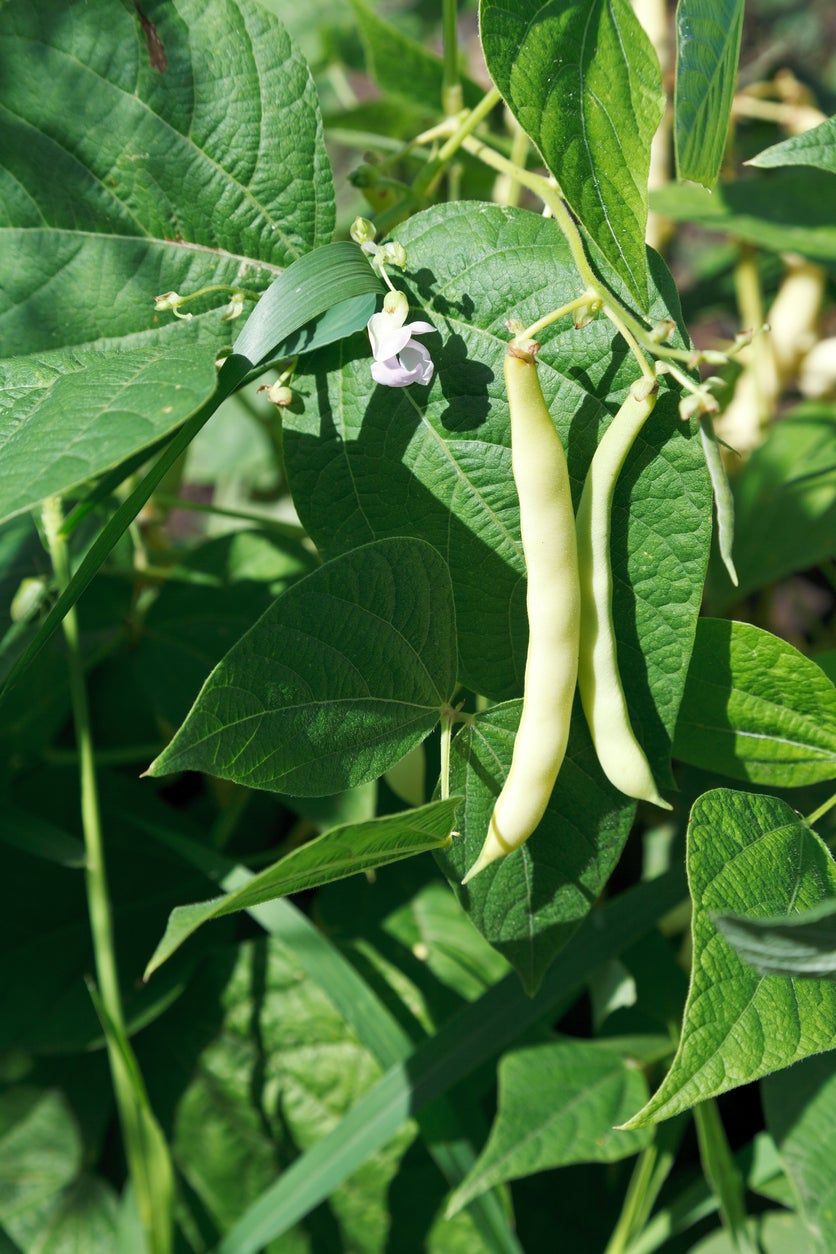Tips For Growing Beans – Learn How To Plant Beans In The Garden

Bean is the common name for the seeds of several genera of the family Fabaceae, which are used for human or animal consumption. People have been planting beans for centuries for use as either snap beans, shelling beans or dry beans. Read on to learn how to plant beans in your garden.
Types of Beans
Warm season bean plants are cultivated for their highly nutritious immature pods (snap beans), immature seeds (shell beans) or mature seeds (dry beans). Beans may fall into two categories: determinant-type growth, those that grow as a low bush, or indeterminant, those with a vining habit requiring support, also known as pole beans. Green snap beans may be the most familiar to people. These green beans with an edible pod used to be called ‘string’ beans, but today’s varieties have been bred to lack the tough, stringy fiber along the pod’s seam. Now they “snap” in two easily. Some green snap beans are not green at all, but purple and, when cooked, become green. There are also wax beans, which are simply a variant of snap bean with a yellow, waxy pod. Lima or butter beans are grown for their immature seed which is shelled. These beans are flat and rounded with a very distinct flavor. They are the most sensitive type of bean. Horticultural beans, commonly referred to as “shelly beans” (among many other various monikers), are large seeded beans with a tough fiber lined pod. The seeds are usually shelled while still relatively soft, harvested when the beans are fully formed but not dried out. They may be either bush or pole types and many of the heirloom varieties are horticultural. Cowpeas are also referred to as southern peas, crowder peas, and blackeye peas. They are, indeed, really a bean and not a pea and are grown as a dry or green shell bean. Kidney, navy, and pinto are all examples of dry use cowpeas.
How to Plant Beans
All types of beans should be sown after the danger of frost has passed and the soil has warmed to at least 50 F. (10 C.). Sow all beans except cowpea, yard-long and lima one inch (2.5 cm.) deep in heavy soil or an inch and half (4 cm.) deep in light soil. The other three types of beans should be planted a half inch (1 cm.) deep in heavy soil and an inch (2.5 cm). deep in light soil. Cover the seeds with sand, peat, vermiculite or aged compost to prevent soil crusting. Plant bush bean seeds 2-4 inches (5-10 cm.) apart in rows that are 2-3 feet (61-91 cm.) apart and plant pole beans in either rows or hills with seeds 6-10 inches (15-25 cm.) apart in rows that are 3-4 feet (approximately 1 meter or so) apart. Provide support for pole beans as well. Growing pole beans gives you the advantage of maximizing your space, and the beans grow straighter and are easier to pick. Bush-type bean plants need no support, require little care, and can be picked whenever you are ready to cook or freeze them. They typically produce an earlier crop too, so successive plantings may be necessary for a continual harvest. Growing beans, regardless of type, do not need supplemental fertilizer but they do need consistent irrigation, especially while budding and on into setting pods. Water bean plants with an inch (2.5 cm.) of water per week depending upon weather conditions. Water in the morning so the plants can dry rapidly and avoid fungal disease.
Gardening tips, videos, info and more delivered right to your inbox!
Sign up for the Gardening Know How newsletter today and receive a free copy of our e-book "How to Grow Delicious Tomatoes".

Amy Grant has been gardening for 30 years and writing for 15. A professional chef and caterer, Amy's area of expertise is culinary gardening.
-
 Orchid Leaves Wrinkled? 5 Common Causes & How To Restore Their Vitality
Orchid Leaves Wrinkled? 5 Common Causes & How To Restore Their VitalityBy Tonya Barnett
-
 5 Ways To Protect Your Garden Against Flooding This Spring, According To An Expert
5 Ways To Protect Your Garden Against Flooding This Spring, According To An ExpertClimate-resilient gardening expert Kim Stoddart explains how to get your garden ready for April showers and help reduce the risk of flooding this spring.
By Kim Stoddart
